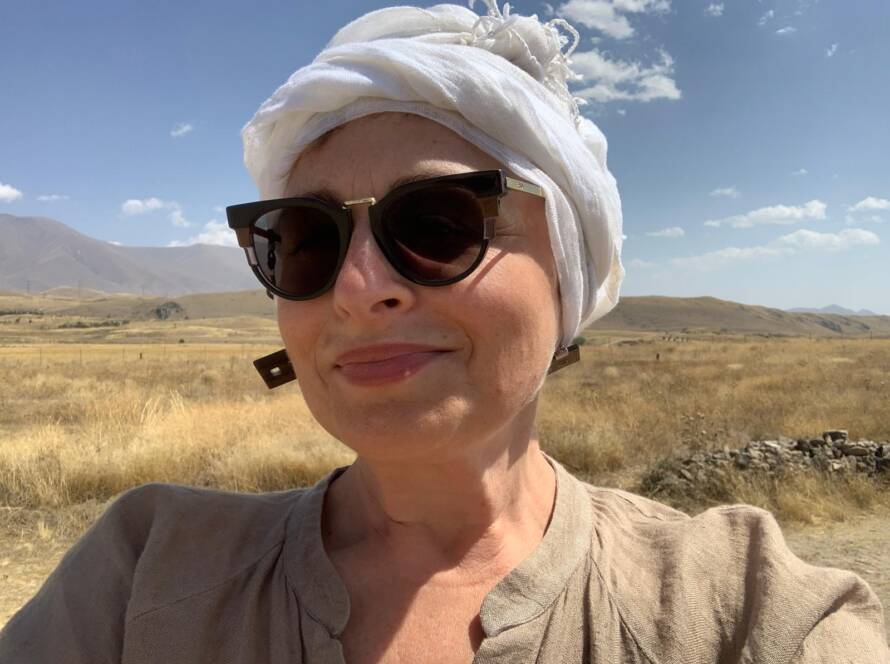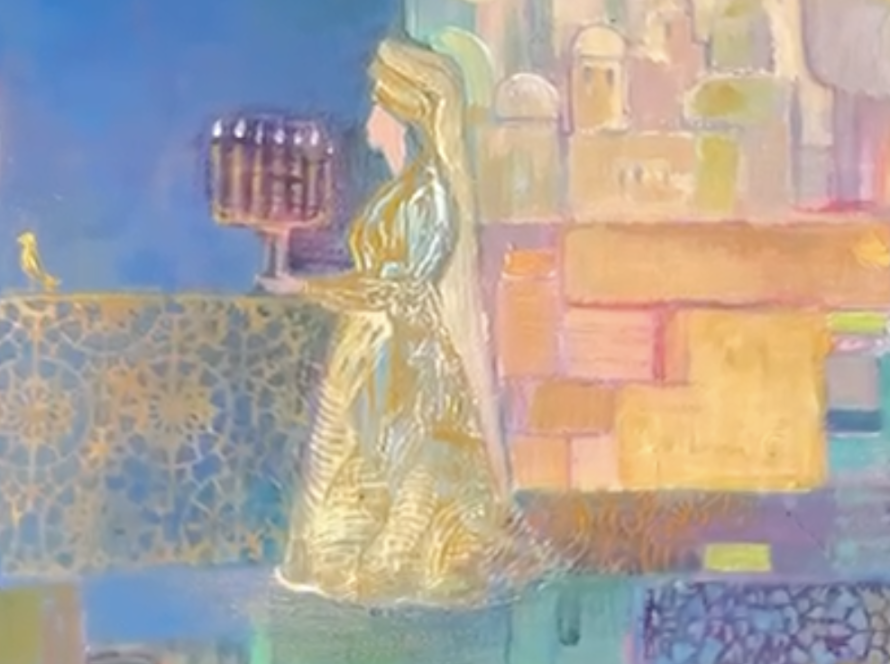Imagine stepping into a temporary shelter under the autumn sky, where the boundaries between ancient memory and present moment blur. This is the spiritual invitation of Sukkot—a weeklong Jewish festival that transforms ordinary spaces into sacred thresholds.
The holiday carries a beautiful duality, celebrating both the earth’s bounty and the soul’s journey. It honors the fall harvest while commemorating forty years of wilderness wandering after liberation from Egypt. Through this dual remembrance, we connect agricultural gratitude with spiritual resilience.
Sukkot, meaning “booths” or “huts” in Hebrew, refers to the temporary dwellings central to this celebration. These fragile structures become powerful symbols of divine protection and human vulnerability. They remind us that true security comes not from permanent walls but from faith and community.
As one of Judaism’s Three Pilgrimage Festivals, this observance calls people together in shared celebration. The traditions weave ancient wisdom into contemporary life, creating a tapestry of gratitude, memory, and hope. Each custom carries layers of meaning waiting to be discovered.
This festival represents one of the most joyful celebrations in the Jewish calendar. It brings families and communities together under makeshift roofs, blending laughter with reverence. The experience becomes a living bridge between generations.
Key Takeaways
- Sukkot is a seven-day Jewish festival with deep historical and spiritual significance
- The holiday celebrates both agricultural harvest and wilderness journey remembrance
- Central to the observance are temporary outdoor shelters called sukkahs
- It’s known as one of Judaism’s Three Pilgrimage Festivals from ancient times
- The celebration emphasizes community, gratitude, and divine protection
- Traditions connect contemporary Jewish life with millennia of sacred practice
- Sukkot represents one of the most joyful observances in the Jewish year
Introduction to Sukkot: Origins and Celebrations
The 15th day of Tishrei marks a pivotal moment in the Jewish year. This date arrives just five days after Yom Kippur, creating a beautiful spiritual arc. We transition from solemn introspection to joyful celebration.
Biblical texts reveal the holiday’s fascinating origin. The earliest references call it the “Festival of Ingathering.” This name highlights its agricultural roots. It celebrated the harvest completion at the year‘s end.
Later scriptures added profound historical meaning. The celebration became known as the “Festival of Booths.” This name commemorates the Israelites’ years wandering in the desert after their liberation from slavery in Egypt.
| Biblical Name | Primary Focus | Scriptural Source |
|---|---|---|
| Festival of Ingathering (Ḥag ha-Asif) | Agricultural thanksgiving for the harvest | Exodus 23:16 |
| Festival of Booths (Ḥag ha-Sukkot) | Historical memory of wilderness dwellings | Leviticus 23:33-44 |
This dual significance creates a rich tapestry. The festival honors both earth’s bounty and spiritual journey. Occurring in September October, it connects nature’s cycles with divine history.
Understanding this layered background helps us appreciate the celebration’s depth. Each ritual carries forward this dual memory. The time of year itself becomes a teacher of gratitude and resilience.
Exploring what are sukkot traditions in the Jewish Faith
Two central symbols anchor the observance: the temporary dwelling and the sacred botanical bundle. These physical elements transform abstract concepts into tangible experiences.
The Role of the Sukkah in Commemorating the Past
The construction of temporary huts creates living memorials to ancestral journeys. These fragile booths echo the shelters used during the years wandering in the desert after liberation from slavery Egypt.
Each sukkah follows specific architectural guidelines. The roof, called s’chach, must use natural materials like palm fronds or leafy branches. This allows stars to be visible while providing daytime shade.
| Sukkah Element | Requirement | Symbolic Meaning |
|---|---|---|
| Walls | At least two, any wind-blocking material | Community protection and stability |
| Roof (S’chach) | Organic plants no longer connected to earth | Divine protection and impermanence |
| Dwelling | Eating meals and sometimes sleeping inside | Embodied connection to ancestors |
The fragile shelter becomes a classroom for the soul, teaching dependence on divine care rather than permanent structures.
The Significance of the Four Species – Lulav, Etrog, Myrtle, and Willow
The four species create another profound ritual. This bundle includes the lulav (palm branch), etrog (citron), myrtle twigs, and willow branches.
These species plants are waved in six directions during daily prayers. The ceremony expresses gratitude for nature’s abundance. Each of the four plants carries deep symbolic meaning.
The four species represent different human qualities and community members. Together, they form a complete expression of thanksgiving and unity.
Cultural and Religious Practices During Sukkot
Daily rhythms during this festival blend domestic life with sacred ceremony. The celebration transforms ordinary routines into meaningful rituals that connect physical actions with spiritual intentions.
Building, Decorating, and Dwelling in the Sukkah
Once constructed, the temporary hut becomes a creative canvas. Families adorn their sukkah with hanging fruit, children’s artwork, and festive ornaments.
These decorations create an atmosphere of joy and beauty. At the celebration’s conclusion, many donate these items to those in need.
Throughout the week, families share meals in these sacred spaces. Observant men traditionally sleep in the sukkah when weather permits.
Religious Ceremonies and Daily Observances
Each day begins with special prayers and blessings over the Four Species. The ritual continues with Torah readings and additional services.
A profound custom involves inviting spiritual guests each evening. This practice, called ushpizin, welcomes seven biblical figures into the sukkah.
During synagogue services, worshippers process with willow branches while reciting ancient prayers. The seventh day features seven circuits and symbolic gestures with branches.
The intermediate days allow for balanced observance. This period extends the festival’s transformative impact through continued learning and celebration.
Sukkot in the City: Celebrations and Community Engagement
The concrete jungle transforms into a sacred space as city dwellers create communal shelters that honor both tradition and innovation. Urban environments present unique challenges for this ancient observance, yet they also inspire creative solutions that strengthen community bonds.
Urban Events and Synagogue Gatherings
Manhattan’s Congregation Rodeph Sholom marked the start of the holiday with an evening of “mitzvot, music, and connection.” This gathering exemplified how urban synagogue spaces adapt ancient practices for contemporary life.
Across the city, B’nai Jeshurun maintained an open sukkah throughout the days of the festival. They offered family-friendly services with singing and movement for young children. These accessible events demonstrate the celebration‘s inclusive spirit.
The Luria Academy of Brooklyn hosted a weeklong festival within a Sukkah art installation. This innovative approach shows how creative interpretations can make ancient wisdom resonate in modern contexts.
Throughout the intermediate days, community members gathered for shared meals in synagogue sukkahs. These gatherings addressed urban living constraints while fostering the holiday‘s fundamental themes of hospitality and connection.
Urban celebrations create visible expressions of Jewish identity, inviting both observant community members and curious neighbors to experience the joy of this ancient tradition.
Each year in September October, beginning five days after Yom Kippur, cities across America witness this remarkable transformation. The urban approach to celebrating sukkot demonstrates how sacred traditions adapt and thrive in contemporary environments.
Conclusion
As the final stars fade from the sukkah‘s roof, we carry forward lessons of gratitude that transcend the festival‘s seven days. The experience of dwelling in temporary huts teaches profound truths about impermanence and divine care.
This harvest festival beautifully layers agricultural thanksgiving with historical remembrance. It honors both the earth’s bounty and the wilderness journey of earlier years. The timing—beginning on the 15th day of Tishrei, just five days after Yom Kippur—creates a spiritual arc from introspection to celebration.
Through shared meals and sacred prayers, this holiday transforms abstract faith into embodied practice. As one of the Three Pilgrimage festivals, it continues to shape Jewish spiritual life each year. The ancient wisdom remains vibrantly relevant, offering timeless teachings about community, gratitude, and what truly sustains us.




